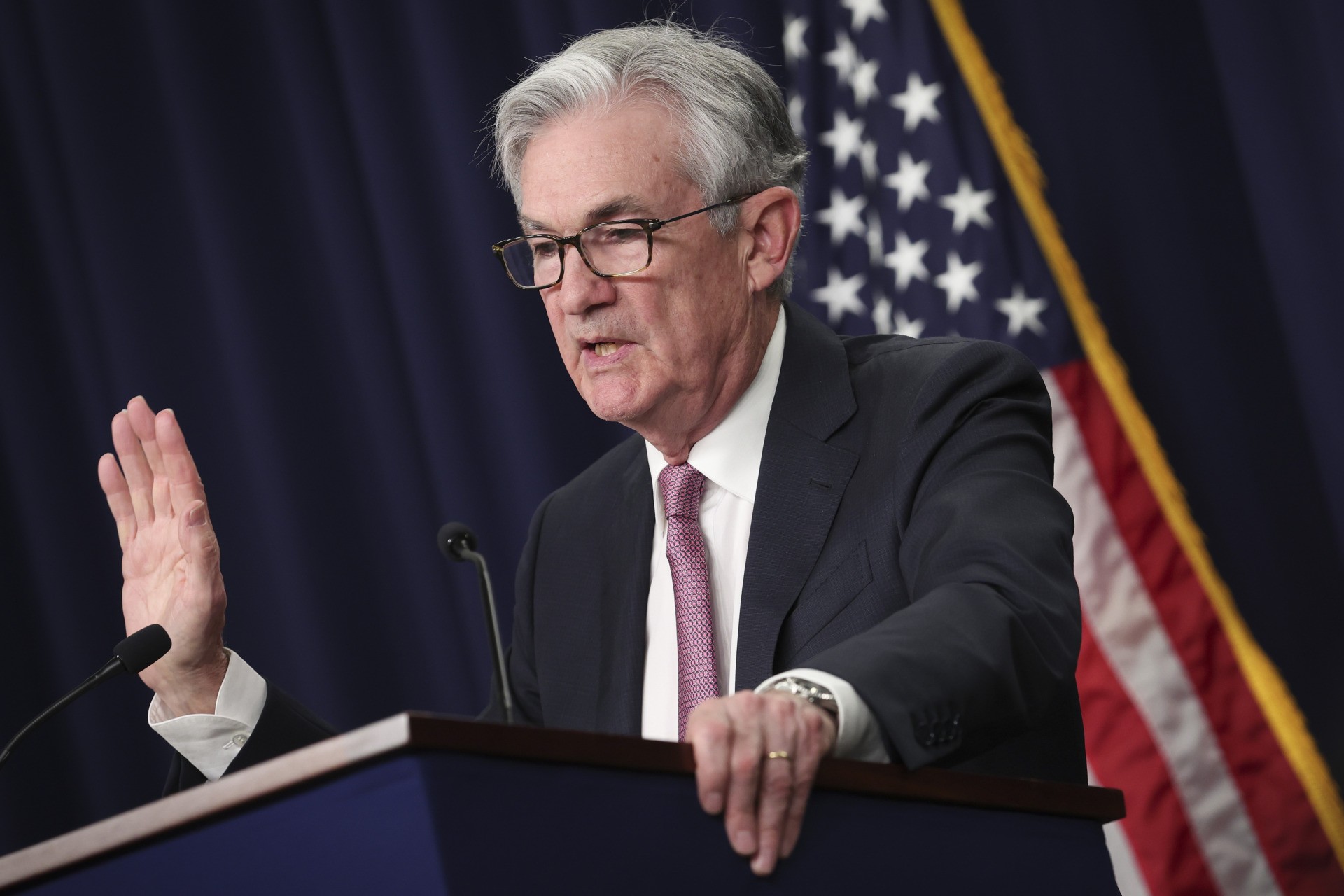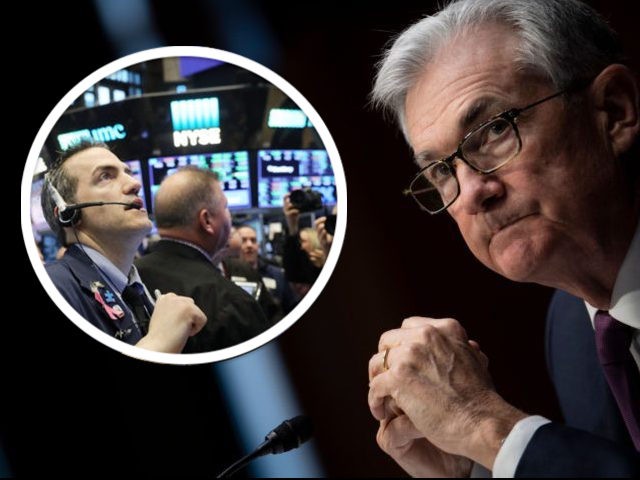Jerome Powell still believes in immaculate disinflation—and he appears to have won the market over to his view.
The Federal Reserve chairman on Wednesday presented an extremely sanguine view of how the economy might react to the path of the central bank’s tightening. He said he expects a “softish” landing, no “severe” downturn, and that unemployment would not have to go “materially higher” to bring down inflation. That’s the core of immaculate disinflation: restoring price stability with no significant pain in the labor market.
The path Powell and the Fed announced Wednesday is likely having two more 50 basis point increases and then likely coming down to 25 basis points if inflation “flattens out” as the central bank officials expect. The series of half a percentage point hikes was in keeping with market forecasts, but the expectation of falling back to 25 basis points by September was arguably on the softer side. Powell made the “dove hike” nature of this path completely clear when he said that “a seventy-five basis point increase is not something the committee is actively considering.”

Federal Reserve Chairman Jerome Powell speaks at a news conference following a Federal Open Market Committee meeting on May 4, 2022, in Washington, DC. (Win McNamee/Getty Images)
This would seem to be a rejection of the idea that the way to bring inflation under control is to go big early and perhaps even scare the market into thinking the Fed might go too far. Instead, Powell is following the path of delivering what the market expects and providing certainty that it has no intention of introducing surprise tightening.
The reaction was a massive rally in risk assets. The Dow Jones Industrial Average climbed 923 points to end the day up 2.81 percent, lifting every stock on the big board. The S&P 500 soared 2.99 percent, with all 11 sectors ending the day in the green. The Nasdaq, which was down more than 20 percent from its November highs, jumped 3.19 percent. The market, in other words, heard Powell’s press conference as an all-clear signal.
As we’ve discussed around here a number of times, rising equity valuations loosen financial conditions. Cheaper access to equity capital in the form of higher valuations enable investment and hiring. Higher stocks also raise household wealth, encouraging more spending through the wealth effect. That may be what the Fed chair intended. If he still believes that inflation is mostly caused by temporary supply shocks, he may think he does not need to tighten financial conditions by all that much to restore price stability. He may have viewed the first quarter sell-off and the stunning April decline in stocks as tightening too much.
This inevitably brings to mind the possibility that the so-called “Fed put” is back. This is the idea that the Fed stands ready to boost equity prices if the stock market declines by too much. Many investors have believed for years in the existence of a Fed put, although such a practice is not an official part of the Fed’s mandate and has been denied by any Fed official who has ever spoken about it. More recently, however, the idea had gone out that the Fed put was gone. Today’s action indicates that its death may be exaggerated.

COMMENTS
Please let us know if you're having issues with commenting.